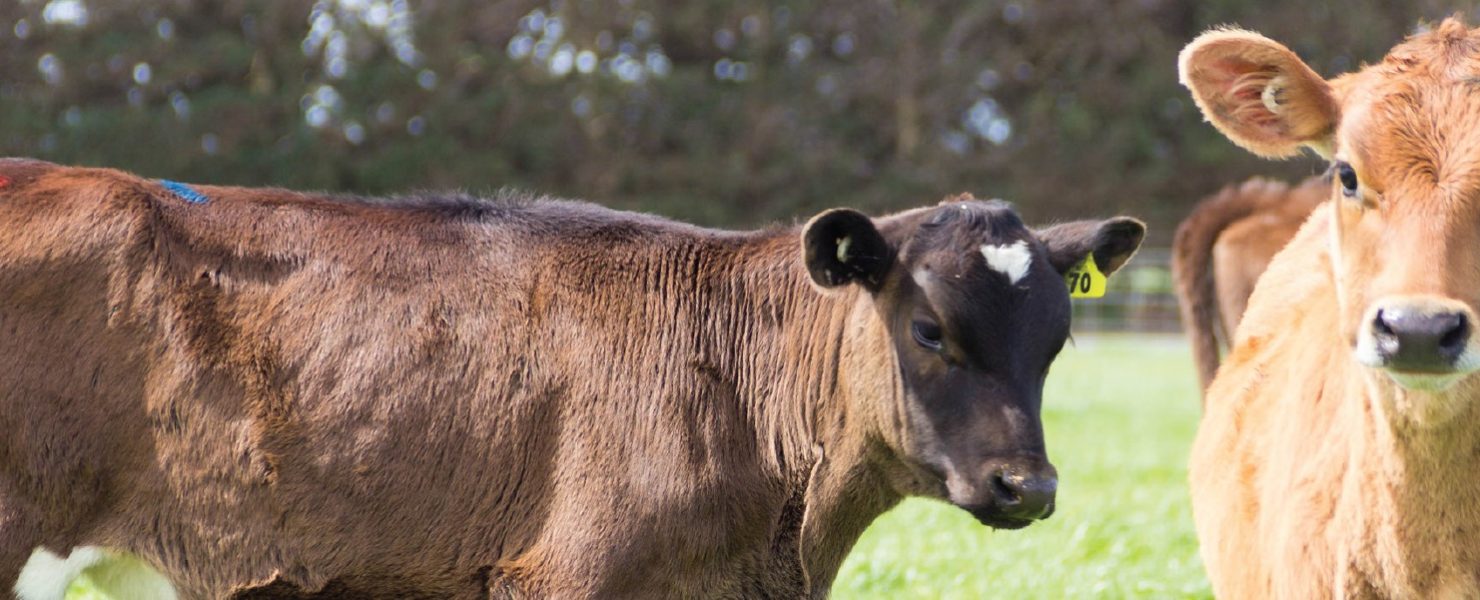
Vetlife Scientific has recently published the results of a trial set up to investigate whether individual animals affected by worms could be identified through changes in the animals’ behaviour.
The research, published in the New Zealand Veterinary Journal, tracked the behaviour of 36 five- to six-month-old Friesian-Jersey heifer calves over nine weeks using animal-mounted, accelerometer-based sensors provided by SCR Engineers and distributed by MSD.
All the calves grazed a newly-sown pasture, that had not previously been grazed and which was considered parasite free, at the Lincoln University Research Farm. Half of the animals were challenged with an oral dose of 20,000 larvae of Ostertagia ostertagi and Cooperia oncophera once a week for three weeks, and half of them were left unchallenged.
The calves were grazed together as one group with a clean break offered every day, back fenced from the previous day’s grazing, and they were moved to an entirely fresh area of pasture every week for five weeks. After this, all the calves were treated with anthelmintic and their data recorded for a further week.
Accelerometer data was classified into minutes-per-day eating, ruminating, in moderate–high activity or in low activity, and faecal egg count (FEC) and liveweight were monitored every week.
After challenge, FEC increased in the infected and not the uninfected calves, but there were no differences in LW or LWG between the two groups. However, there were small and subtle differences in the behaviour between an average infected and an average control calf.
By and large, parasitised calves not treated with anthelmintic were less active and spent less time at all activity levels. They ruminated and ate more than control calves that were not treated with anthelmintic. The effect of anthelmintic on time spent in each behaviour differed between infected and uninfected calves and increased the variability of the behavioural data.
Although these differences could be detected between an ‘average’ wormy calf and an ‘average’ control calf, at the individual calf level there was too much variation to use the behavioural data to identify individuals that were affected by their worm burden. The impacts of parasites on the behaviour of grazing animals are complicated, and they reflect the ongoing evolutionary balance between host and parasite and the presence of multiple individually but differently affected animals within any group. This contrasts with other conditions, such as oestrus detection and individual illness, where behavioural footprints are easier to detect.
In conclusion
At present there do not seem to be simple measures that, at an individual calf level, say either ‘this is a wormy calf that needs worming’ or ‘this is not a wormy calf’. Rather, the research indicates that parasitism increases the complexity of the patterns of animal behaviour, where the weather, environment and pasture will all contribute, and where two animals exposed to the same parasite challenge will not necessarily respond in the same way. Behaviour is complicated and changing all the time, but long term this research suggests that, as with other international studies, identifying changes in the behaviour of cattle that are negatively affected with parasites, may allow farmers to develop a more targeted approach to drenching.
This study was funded and managed by Vetlife NZ along with funding from the Ministry for Primary Industries’ Sustainable Food and Fibre Futures Fund.
References: Bates, A., Fan, B., Greer, A., Bryant, R., & Doughty, A. (2024). Behavioural response to gastrointestinal parasites of yearling dairy calves at pasture. New Zealand Veterinary Journal, 72(5), 275–287. https://doi.org/10.1080/00480169.2024.23 51128